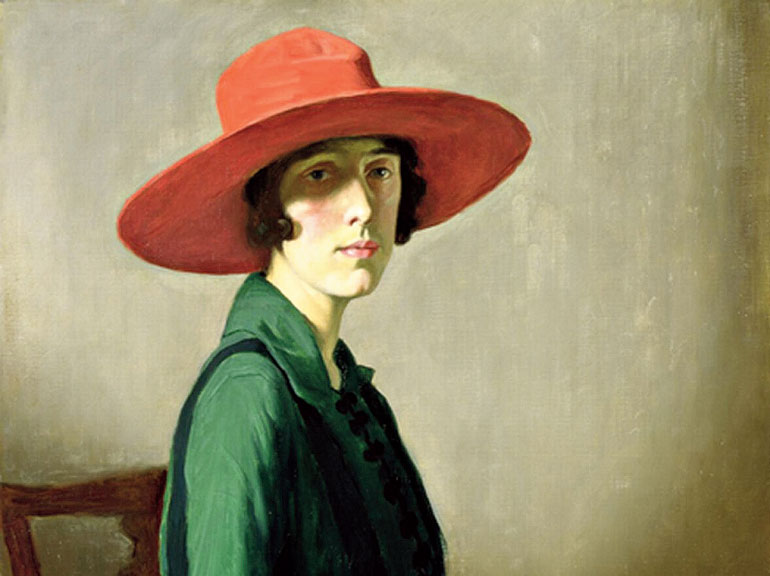Vita, author and scion of the Sackville dynasty in Knole, Kent, wrote a biography of Joan of Arc in 1936. Fiery, courageous and uncompromising, St Joan, dressed in men’s clothing and armour, showed Vita a reflection of herself. Having always been at ease with her identity, Vita knew that the problem did not lie in being who she was; the problem was the patriarchal society she lived in. When she wrote about St Joan’s troubles, it was as though she was writing about herself: “The practical inconvenience of belonging to the wrong sex must be faced and overcome.” Her heart was broken when she learnt that her beloved birthplace, the house of Knole, would never be hers on account of the law of male entail. “Knole is denied to me for ever, through a ‘technical fault over which we have no control’,” she raged.
It was her writing that helped her channel her fierce passion and anger. Prolific since childhood, Vita wrote across genres, although it was poetry to which she was mainly drawn. Through her words, she dealt with the issues that both plagued and enthused her: from her fluid identity, at odds with the appearances she had to keep up as a member of the Edwardian aristocracy, to the ideal ways in which to tend to a garden. Writing, she said, was “the only thing that makes me truly and completely happy”.
This is, of course, evident in her works: they contain her deepest desires in all their agony, heroism and beauty. She is Sebastian in The Edwardians, who gets Knole, Peregrine in The Heir: A Love Story, who inherits a Tudor mansion, and even Miles in Family History, who “wanted to retain his individuality, his activity, his timetable... lead his own life, parallel with the life of love, separate, independent.”
It is, thus, fitting that Vita is the muse without whom Orlando would not have existed. As Woolf said about the book and its inspiration: “A biography beginning in the year 1500 and continuing to the present day, called Orlando. Vita; only with a change about from one sex to the other.” This shape-shifting not only defined Vita; it also defined her writing. “As dusk falls I... write the book I am trying to write... and then I really feel myself in my tower, shut away. I become an author again, and am happy.” It is a happiness she deserved.
Most people remember Vita Sackville-West — who would have turned 127 tomorrow — as the woman with whom Virginia Woolf had her greatest love affair. And why should they not? Theirs was an extraordinary love, and out of it came, among other things, correspondence that is deemed by many to be the gold standard in the writing of love letters. Woolf “reduced [Vita] to a thing that wants Virginia”; Vita was Woolf’s inspiration for her groundbreaking novel, Orlando, which transcended the barriers of gender. Orlando, along with Woolf’s other works, deservedly made her one of the most famous authors of the Modernist era. But what of Vita’s writing, which hardly gets any attention these days?













